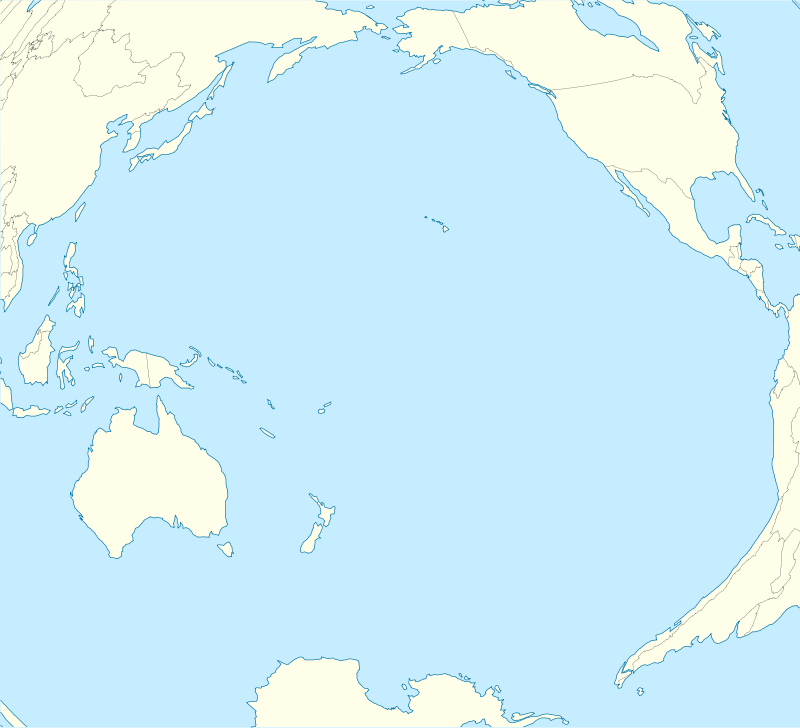Duke of Gloucester Islands

The Duke of Gloucester Islands (French: Îles du Duc de Gloucester) is a subgroup of the Tuamotu group in French Polynesia. They are located southeast of Tahiti and south of the main Tuamotu atoll cluster and are rather isolated. (20°38′S 143°20′W / 20.633°S 143.333°W)[1]
Atolls
The Duke of Gloucester Islands include four atolls of relatively small size:
Hereheretue (19°52′S 144°58′W / 19.867°S 144.967°W) is located slightly off to the northwest of the group of the other three atolls which lie at 20°40′S 143°20′W / 20.667°S 143.333°W and are uninhabited; the only permanently inhabited island of the Îles du Duc de Gloucester is Hereheretue (57 inhabitants in 2002).
History
First sighting recorded by Europeans was by the Spanish expedition of Pedro Fernández de Quirós on 4 February 1606. They were named Cuatro Coronas (Four Crowns in Spanish). Gaspar González de Leza, pilot of Fernández de Quiros, charted them as Cuatro Anegadas (in Spanish, the Flooded Four).[2]
They were renamed Duke of Gloucester Islands by British explorer Philip Carteret who visited them in 1767, in honour of Prince William, Duke of Gloucester.[3]
Administration
Administratively the four atolls of the Duke of Gloucester Islands belong to the commune of Hereheretue, which is associated with the Hao commune.
References
- ↑ Samuel Augustus Mitchell, An accompaniment to Mitchell's map of the world on Mercator's projection
- ↑ Burney, James A chronological history of the discoveries in the South Sea or Pacific Ocean London, 1803, vII, p.326.
- ↑ "Te-moana-nui-o-Kiwa". Expedition Magazine. University of Pennsylvania Museum of Archaeology and Anthropology.
External links
![]() Media related to Duke of Gloucester Islands at Wikimedia Commons
Media related to Duke of Gloucester Islands at Wikimedia Commons
Coordinates: 20°33′54″S 143°17′46″W / 20.565°S 143.296°W